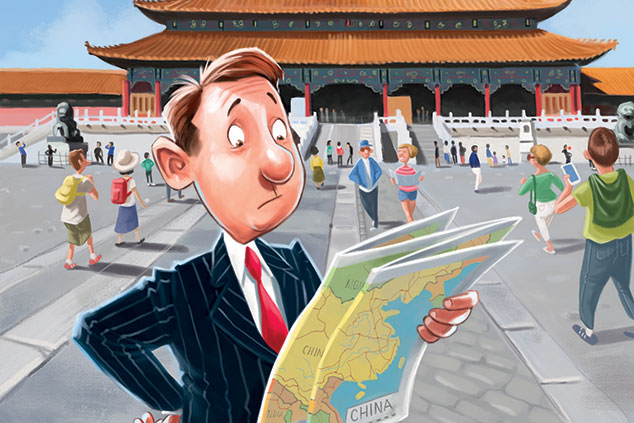
China’s workforce and general population are ageing rapidly, and the grievously underfunded welfare and pensions system won’t cope. That’s a recipe for structural decline and turmoil, says Jonathan Compton.
• This article is the first in a two-part cover story. Read Rupert Foster’s counter argument here: China: Asia’s next success story
In 1983 I bought a train ticket from Hong Kong to the Hook of Holland. China and the USSR were hardly go-to tourist destinations at the time, but I was curious to see the Communist world, so I embarked on a 10,000 mile journey. Apart from the lack of the basics – electricity, food or sanitation – it was universally grey. Agriculture was largely horse-drawn, angry police were more abundant than cars and the locals were gloomy. It was neither comfortable nor fashionable (the only other Western passenger was a German vegan who went on hunger strike in Omsk to protest at poor service – no-one cared). Ever since then, I have been convinced that controlled economies don’t work.
The social contract is about to unravel
Nevertheless, both professionally and privately, I have remained intrigued by China: intrigued by its rise from global minnow to global economic superpower; and by the accepted belief that it has found a “third way” – state-directed capitalism. In practice there has been a contract between the people of China and the all-powerful Communist Party (currently ruled by their most powerful autocrat ever, President Xi Jinping). The people are implicitly promised a rapidly improving standard of living – which to date has been delivered – along with the opportunity for individual enterprise and gain. The price is minimal individual rights: no meaningful vote, equality, independent judiciary or defined property ownership, and imprisonment for any dissent from the party. This bargain has worked wonderfully for 40 years, but no longer.
Western commentators have wrongly predicted a China crisis for years, citing several possible causes. These include corruption, the misallocation of capital, the giant inefficient state that still dominates the economy, and a banking system riddled with bad debts. While these are real problems, analysts’ spreadsheets are ignoring key structural issues, which tell a worse story.